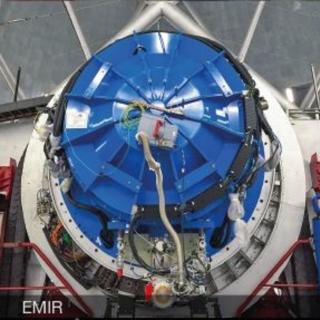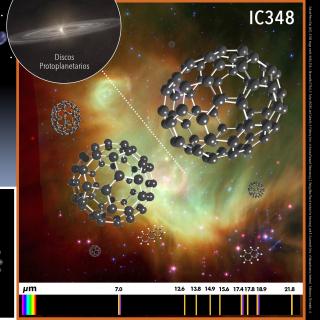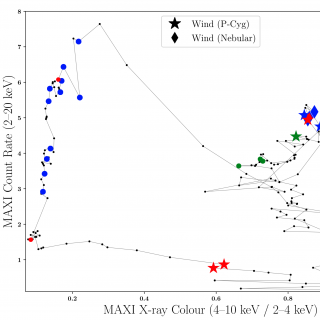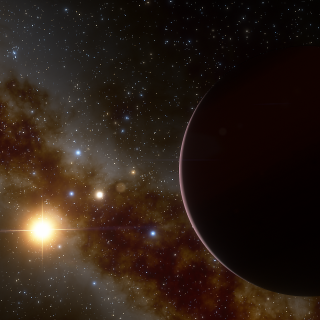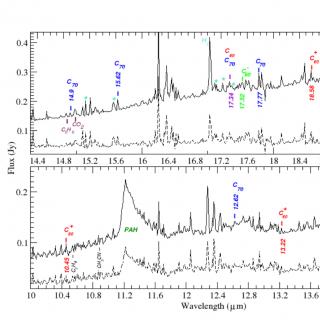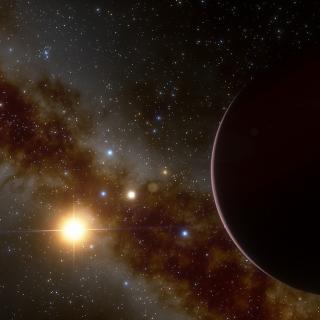
Surveys have shown that super-Earth and Neptune-mass exoplanets are more frequent than gas giants around low-mass stars, as predicted by the core accretion theory of planet formation. We report the discovery of a giant planet around the very-low-mass star GJ 3512, as determined by optical and near-infrared radial-velocity observations. The planet has a minimum mass of 0.46 Jupiter masses, very high for such a small host star, and an eccentric 204-day orbit. Dynamical models show that the high eccentricity is most likely due to planet-planet interactions. We use simulations to demonstrate
Advertised on
